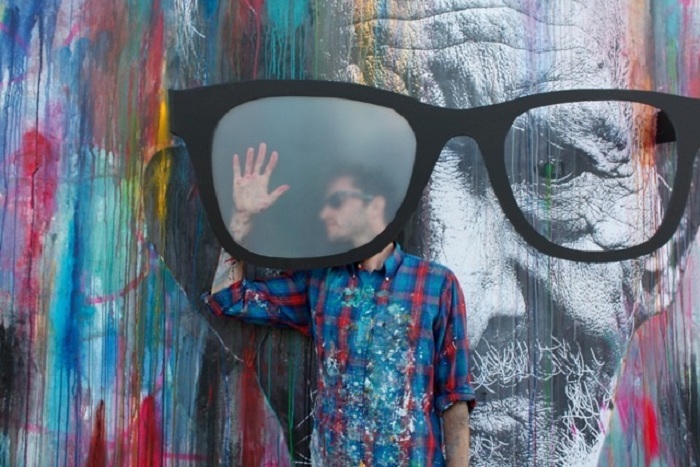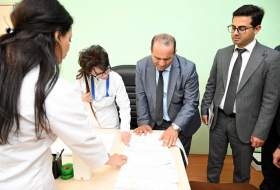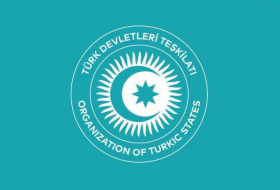In May 2013 at the 66th World Health Assembly, the Global Action Plan (GAP) for prevention of avoidable blindness and visual impairment was unanimously adopted.
This replaced the Vision 20/20 initiative that had hoped to eradicate treatable blindness by the year 2020.
South Africa was a signatory to GAP with a vision of a world in which nobody is needlessly visually impaired, where those with unavoidable vision loss can achieve their full potential and where there is universal access to comprehensive eye care services.
The stated goal of GAP is to reduce visual impairment as a global public health problem and to secure access to rehabilitation for the visually impaired.
This should lead to a reduction in the prevalence of avoidable visual impairment by 25 per cent by 2019 from 2010 estimates.
Key indicators to be monitored are; prevalence and causes of vision impairment, numbers of ophthalmologists, optometrists and allied ophthalmic personnel and cataract surgical rate and cataract surgical coverage.
The two most common forms of avoidable blindness are refractive error, treated with spectacles and glaucoma, raised pressure in the eye that causes silent and irreversible retinal damage.
South Africa is woefully behind international norms in eye care.
The government has committed to establishing a national health plan but with only 342 registered ophthalmologists catering to over 51 million people it could take ten years to train enough skilled eye specialists to even come close to the desired density.
Tips and information to know that will help protect your precious vision:
1. Smoking increases the risk for both cataract and age related macular degeneration. This is a serious retinal condition that affects an estimated 130 000 South Africans.
2. Follow a healthy diet full of leafy green and multi-coloured vegetables coupled with oily fish twice every week. This diet has shown good retinal protective qualities.
3. Protection against high levels of sunlight (UVa and UVb) will also protect your retinas.
4. Never look directly into the sun as this could cause permanent retinal damage.
5. Gazing for hours, uninterrupted at TV, computer and smartphone screens can cause eye strain.
6. Follow the 20:20:20 rule which states that after 20 minutes change your focus and look as far away as possible (20 metres) for at least 20 seconds.
7. Have regular eye checks, increased ocular pressure which leads to glaucoma is easily detected by an optometrist and responds well to early intervention.
8. Children should have an eye test after the age of three and possibly before Grade One. Most optometric groups offer subsidised or free testing for children under the age of 12.
9. It is estimated that over 200 000 children may need spectacles to treat refractive error.
With obesity and diabetes on the rise worldwide, the risk of developing diabetic retinopathy is also increasing.
The only way of preventing this serious loss of vision in later life is to control blood/insulin levels and excessive weight gain in your younger years.
Late stage treatments are not always effective.
The untreatable genetic retinal conditions that affect thousands of South Africans are the focus of the patient-led advocacy group Retina South Africa.
The first ever gene therapy to treat an eye condition will soon be registered in the USA.
This therapy which replaces a faulty gene that causes one form of Leber Congenital Amaurosis (LCA) has just completed rigorous clinical trials.
LCA is a rare, but severe, early onset of genetic blindness where two sighted carrier parents may both pass on a faulty copy of the gene to their offspring.
When two carriers marry, the child may inherit a double copy of the gene mutation and thus the condition.
Retina South Africa estimates that there are around 10 million unsuspecting carriers in South Africa of a single gene mutation for various forms of retinal degeneration such as Retinitis Pigmentosa, Stargardt Dystrophy or Usher Syndrome (deaf blindness).
“This gene therapy is merely the first,” said Claudette Medefindt, head of science for Retina South Africa.
“There are dozens of clinical trials effectively treating hundreds of patients internationally.
“With the help of caring South Africans, we can bring these successful trials in the areas of gene therapy and stem cells to South Africa.
“If we treat the estimated 17 000 young people losing their vision to genetic retinal blindness we can save one million blind years.”
South Africans can donate and invest in this miracle.
More about:
















































